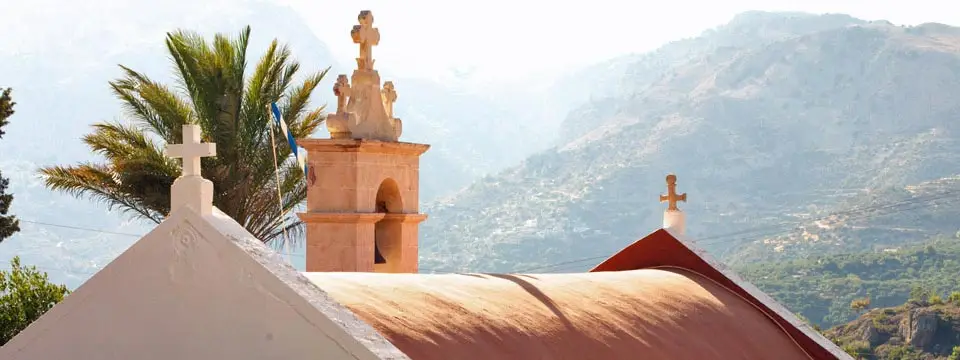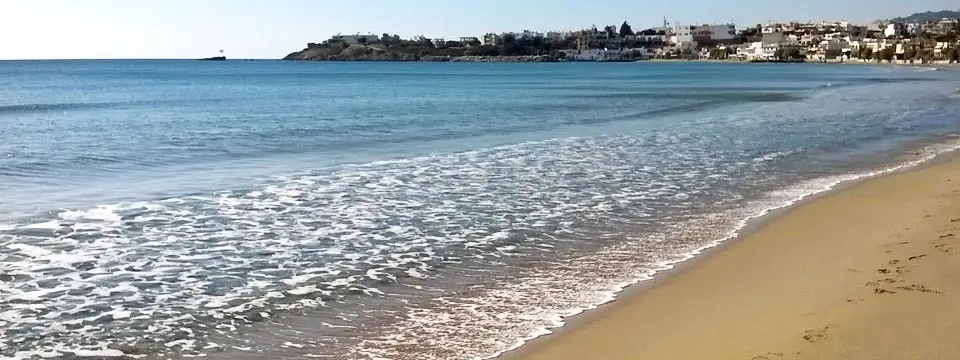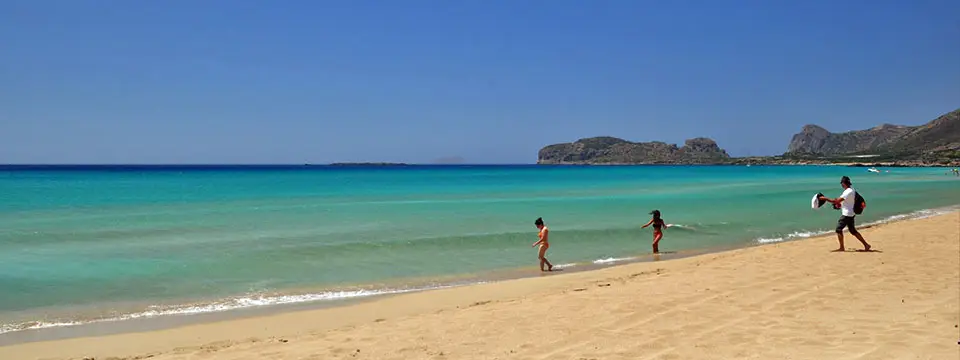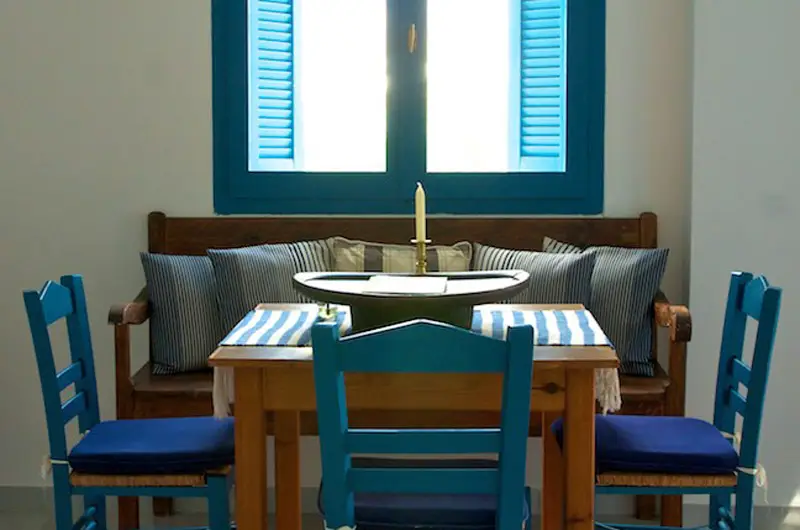The White Houses of Crete
2025: Now celebrating our 28th anniversary year!


If you are looking for a really relaxing holiday then there’s no better place to stay than the village of Makrigialos in south east Crete, and in Makrigialos there’s no better accommodation than the holiday villas and apartments known as ‘The White Houses of Crete’.
A relaxing spot in Makrigialos
"These whitewashed fishing cottages are right on the harbour of this quiet fishing village. They consist of three, larger, houses and two apartments, all of which are tastefully decorated and well equipped. The influence of the Norwegian owner is plain to see, and the local colour is provided by Nikos who manages the properties with a friendly eye."
Greek island holiday guide, Crete (Andrew Bostock theguarian.com)
Route to Beach
Stay just steps away from the stunning shores of Makrigialos.
Nature
Explore the breathtaking nature of Makrigialos – where mountains, gorges, and the sea meet in perfect harmony.
Authentic
Experience the true essence of Crete where tradition meets comfort.


Immerse yourself in the beauty of Makrigialos, where our houses are just a few steps from the beach, perfect for morning swims and sunset strolls.
“It’s certainly no coincidence that an adventurous Norwegian moved to Makrigialos on the south side of Crete where he renovated several houses on the picturesque harbour of the village and created a perfect combination of traditional and modern architecture. His ‘The White Houses of Crete’ apartments and houses are each worthy of a designer hotel and are an absolute must.“
– Wild, Schön, Köstlich! Reise in Kretas reizvollen Osten (Tourist Austria International)
Now celebrating our 28th great year!
For our 2023 season, we were rated 9.9 out of 10 by Booking.com Guest Review Awards and we were awarded the best possible score for all of our tripadvisor reviews.






With its safe and sandy beaches, sparkling seas, small, friendly restaurants, tavernas and bars, our village has everything you need.
Better still, we’re off the beaten track to give you the impression that everything’s just for you. If it’s relaxation you crave then spend your time on one of the best beaches in Crete, or perhaps hire bikes or a car to explore our ancient culture, gorges and quaint mountain villages.
Then, when it comes to eating, our restaurants are considered to be amongst the finest on the island, serving freshly caught fish, local produce and seasonal ingredients, and everything filled with all the goodness and flavour of our Cretan way of life. Our beautiful sandy beaches and safe warm seas make Makrigialos a perfect place for family holidays during the summer, but it’s always great to be here in the spring, autumn and winter too!
Refreshing water of Makrigialos
Ready to book?
Right next to the old harbour we have three luxury holiday villas, each suitable for six to eight guests, and two luxury apartments, each for two or three guests.

Meet Nikos, our Manager
Hello, I’m Nikos Tsikalakis, and I would like to welcome you to The White Houses of Crete in the village of Makrigialos, south-east Crete, for your holiday.





